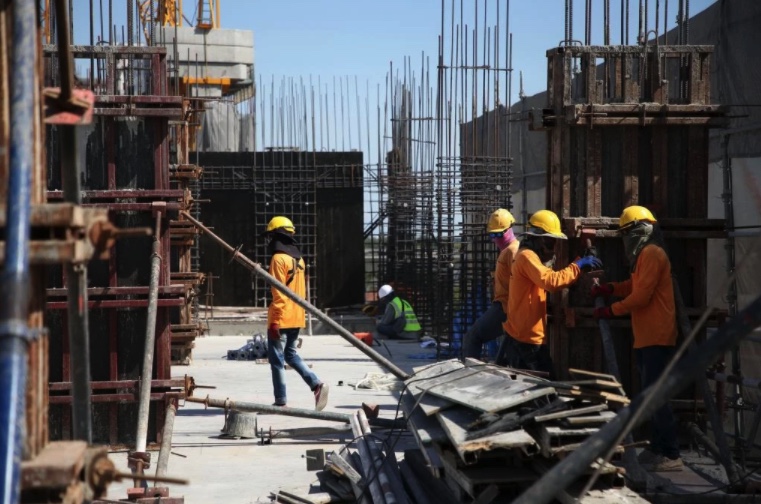

According to the latest data from the U.S. Let’s first look at the current American reality. to drastically redesign its migration policy with respect to Mexico and Central America and to put forward legal pathways for immigrants to enter and work in the United States instead of trying to apprehend them at the border.

Customs and Border Protection registered 240,000 encounters that month, up nearly 70 percent from May 2019, putting fiscal year 2022 on track to hit a record number of border encounters in recent history.ĭespite the conditions at the border, a deep dive into the data speaks for itself on the need for the U.S. efforts-and resources-to stop this migration. Nevertheless, the mere existence of this illicit market on the border is, arguably, a result of the dramatic increase in U.S. According to these surveys, coyotes charged sums close to $6,000 per person smuggled in 2019, though that cost is reported to have gone down in 2020, presumably because of the slowdown in crossing caused by COVID-19. On the Mexican side, the use of “ coyotes ” (people smugglers) has gone up by 30 percent - from about 45 percent in the second half of 2020 to nearly 60 percent in the last quarter of 2020 - as measured by surveys of returned Mexican migrants. The need to fill these occupations is evident from the market forces that continue to attract immigrants from Mexico and Central America, despite the incredible and increasing difficulties they face crossing the border. right now: Historically immigrants have been young and have joined the workforce in occupations that very few Americans are able or willing to fill today. But these potential workers are essential to the U.S. authorities have deported over 1 million immigrants originally from Central America’s Northern Triangle to their home countries through Mexico. workforce is aging and cannot meet the economy’s capacity. population overall, they are more likely to work and three times as likely to start businesses, by one estimate.This reevaluation includes not only adopting a more humanitarian approach to border policies, but also challenging preconceived ideas about these immigrants, which will allow us to embrace them as they are: much-needed workers that can complement the American workforce. Not only do immigrants tend to be younger than the U.S. population," Watson, of Williams College, wrote recently.Ī dearth of immigrants could also mean a less dynamic job market overall. The "financial health of Social Security and Medicare, as well as capacity for caregiving of the elderly, will be strained without continued positive growth in the U.S. economy as a whole depends on population growth, there are real doubts about what will happen when there are too few young workers to support aging ones. With workers scarce and labor costs rising, businesses will look to automate more jobs, Kelly said. In the longer term, the picture is mixed. "urther strong gains in wages are likely as those companies that can most profitably employ workers bid up their compensation." Since the supply of workers is more or less tapped out, "the labor market should remain very tight by historical standards," JPMorgan's Kelly wrote. In the short term, that's good news for existing workers and bad news for employers.

immigration system that have millions waiting for a visa or green card. But the current low levels of immigration are unlikely to reverse quickly given the ongoing pandemic and backlogs in the U.S.


 0 kommentar(er)
0 kommentar(er)
